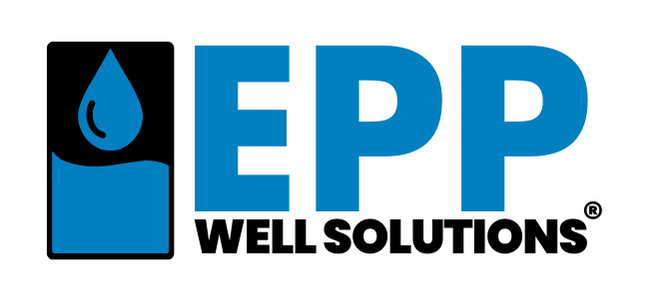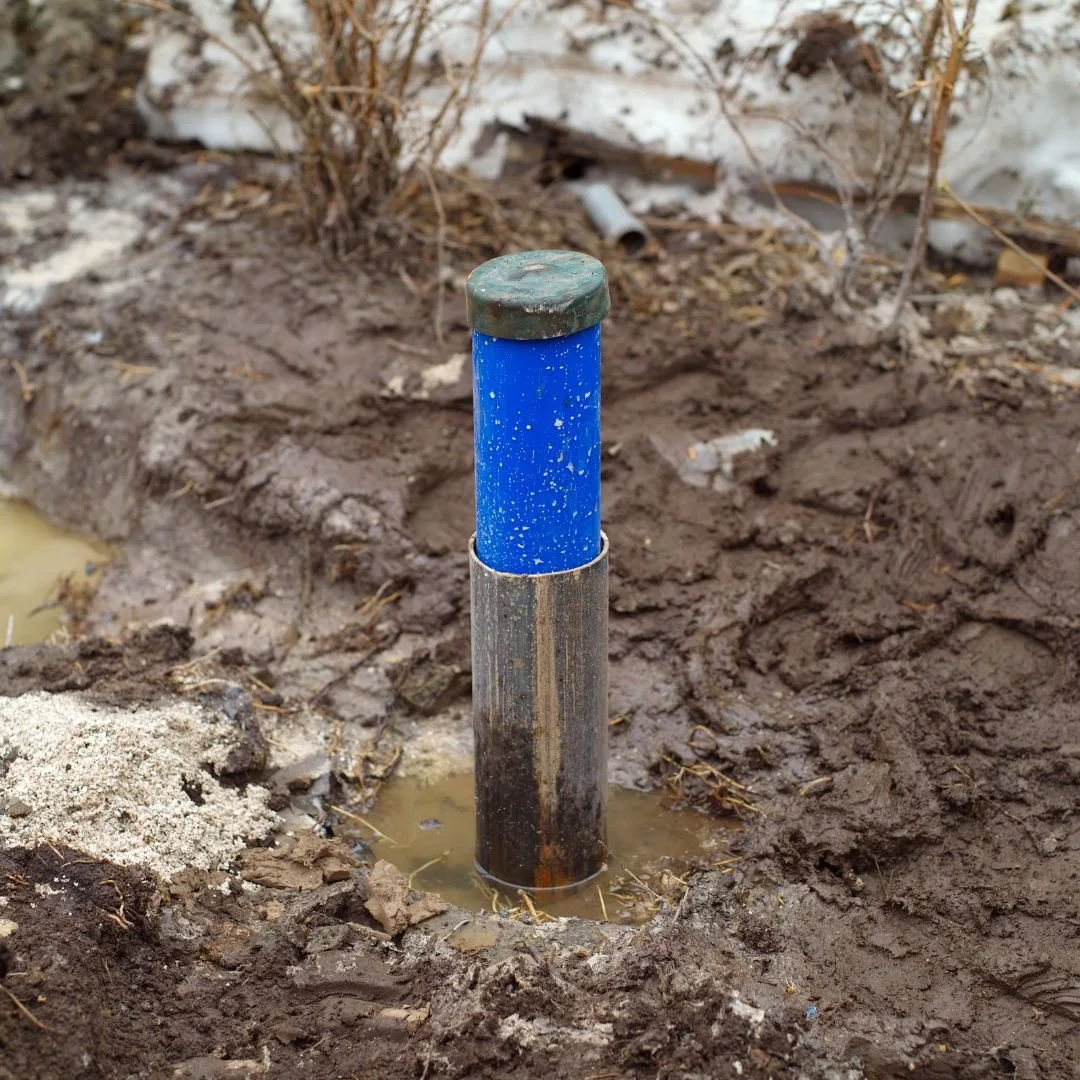The Role of Well Liners in Preventing Collapse
Private water wells are a lifeline for many households, especially in rural and suburban areas where municipal water systems aren’t an option. These wells, drilled deep into the earth to tap into aquifers, face challenges from unstable soil, shifting geological formations, and external pressures that can cause collapse. A collapsed well can disrupt water flow, introduce contaminants, and lead to expensive repairs. Well liners are a critical solution, acting as a protective barrier to maintain the well’s structural integrity. Often mistaken for well casings, liners serve a unique role in reinforcing specific sections of a well. In 2025, with advancements in well drilling technology and materials, understanding well liners is vital for homeowners, drillers, and well service professionals. This article explores what well liners are, how they prevent collapse, the types available, their installation process, maintenance practices, additional benefits, and how they integrate with modern systems to ensure reliable water access.
What Are Well Liners?
Well liners are tubular structures placed inside a well borehole to provide extra support and protection, working alongside the primary well casing. While casings form the outer wall of the well, extending from the surface to the aquifer to prevent overall collapse and block surface contaminants, liners are typically installed inside the casing or in targeted sections to address specific vulnerabilities. They act as an inner sleeve, reinforcing areas prone to instability or deterioration, such as where the borehole walls are weak or the casing has begun to fail.
Historically, liners evolved from rudimentary reinforcements like wooden slats or basic metal tubes used in early wells to today’s engineered solutions. They’re often used in repair scenarios where the original casing has corroded or cracked, offering a cost-effective fix without the need to redrill the entire well. For example, in regions with loose, sandy soils, liners keep fine particles from entering and clogging the system. Modern liners in 2025 may include features like corrosion-resistant coatings, making them durable in harsh underground conditions. Unlike casings, which are mandatory and span the full well depth, liners are optional and can be tailored to specific problem zones, such as near the well screen where sediment buildup is common.
How Well Liners Prevent Collapse
The core function of well liners is to stabilize the borehole walls and prevent collapse by countering inward pressures from surrounding earth materials. When a well is drilled, removing earth creates a void that unstable formations—like loose gravel, clay, or fractured rock—may fill, causing partial or full collapse. This can bury the pump or clog the screen, halting water production. Liners provide a rigid or semi-rigid barrier that holds back these materials, maintaining the well’s shape.
Mechanically, liners distribute stress through close contact with the casing or borehole wall. They’re often secured with grout or seals that fill any gaps, creating a unified structure that resists shifting. In high-pressure zones, some liners use expandable designs that lock into place, absorbing stresses that could crack a standalone casing. For instance, in wells drilled through unconsolidated sediments, collapse risks can be significant without reinforcement, but liners can reduce these risks dramatically. During drilling, temporary liners may stabilize the borehole before permanent casing is set, ensuring safe completion. In repair cases, liners isolate damaged sections, restoring integrity without major reconstruction. This reinforcement ensures consistent water flow and protects the well’s long-term functionality.
Types of Well Liners
Well liners come in various materials and designs, each suited to specific geological and operational needs. Steel liners are prized for their strength, making them ideal for deep wells or areas with high lateral pressures, as they resist crushing forces effectively. These can be galvanized or coated to prevent rust, potentially lasting decades.
PVC (polyvinyl chloride) liners are popular in residential wells due to their affordability, light weight, and resistance to corrosion. They’re easy to handle and less reactive with groundwater, making them suitable for shallow to medium-depth wells. Fiberglass-reinforced plastic (FRP) liners offer a balance of flexibility and durability, performing well in acidic water or seismically active areas.
Specialized liners include slotted or screened versions for aquifer zones, allowing water to enter while filtering sediments. Expandable liners, an innovation gaining traction in 2025, use hydraulic or mechanical expansion to fit irregular boreholes snugly. Tie-back liners, extending from lower sections to the surface, reinforce the entire well in complex setups. Selecting the right liner depends on factors like well depth, soil type, and water chemistry, often guided by a geotechnical assessment.
Installation Process
Installing well liners is a precise process to ensure they effectively prevent collapse. It starts with a detailed inspection, often using downhole cameras or logging tools to pinpoint weak spots or existing damage. For new wells, liners may be added during drilling, inserted after the borehole is stabilized but before the final casing is set.
In repair scenarios, the well is first cleared of debris. A liner, typically a smaller-diameter tube than the casing, is then lowered into place using rigs or winches. Sections are connected with threaded or welded joints, and centralizers ensure proper alignment. Grout, such as cement or bentonite, is pumped into the space between the liner and casing to seal and stabilize the structure. For expandable liners, specialized tools inflate the material to conform tightly to the wall.
After installation, pressure testing confirms the liner’s integrity, and adjustments like repositioning the pump may be needed. Professional drillers handle this process, following local regulations that may require permits. Installation can take a few hours for shallow repairs or several days for deep wells, minimizing disruption for the homeowner.
Maintenance Tips
Maintaining well liners ensures they continue to prevent collapse effectively. Annual inspections, or checks after significant events like earthquakes, involve using cameras to look for cracks, corrosion, or shifts. Cleaning with brushes or high-pressure jets removes buildup that could stress the liner.
Monitoring water quality can indirectly indicate liner health; a sudden increase in sediment may suggest wear or failure. For steel liners, cathodic protection systems can prevent rust, while non-metallic liners benefit from UV protection if exposed above ground. Avoiding over-pumping is critical, as excessive drawdown can destabilize the borehole and strain the liner.
For minor damage, techniques like swaging—expanding the liner against the wall—can restore function without replacement. Homeowners should keep detailed records of liner installation for reference and consult professionals if issues arise. With proper care, liners can last for decades, safeguarding the well’s reliability.
Benefits Beyond Collapse Prevention
While their primary role is preventing collapse, well liners offer additional advantages that enhance well performance. They improve water quality by blocking sediments and contaminants, reducing the need for extensive filtration systems. In corrosive environments, liners protect the primary casing, extending the well’s lifespan and lowering maintenance costs.
Liners also make it possible to rehabilitate aging wells without drilling anew, saving thousands compared to starting from scratch. They allow wells to be deepened or optimized in challenging geologies, supporting higher yields for growing households. By preventing leaks, liners also reduce groundwater waste, contributing to efficient resource use. Economically, the upfront cost of liners is offset by fewer repairs and consistent water access, especially in areas where alternative water sources are scarce. These benefits make liners a smart investment for long-term well health.
Integrating with Modern Solutions
Well liners are even more effective when paired with advanced water management systems, particularly for low-yield wells prone to stress. The Well Harvester from Epp Well Solutions is a standout example, providing a well water holding tank that stores 215+ gallons to prevent over-pumping, which can exacerbate collapse risks in lined wells. Its automated controls and touchscreen interface allow real-time monitoring. By buffering water output, the Well Harvester reduces strain on the liner and well structure, ensuring stability during peak demand. Its compact, FDA-approved tank makes it an ideal partner for lined wells, enhancing both structural integrity and water reliability.
Well liners are a cornerstone of well maintenance, preventing collapse by reinforcing vulnerable sections against environmental pressures. From their mechanical role to their integration with systems like the Well Harvester, liners ensure wells remain productive and safe. By understanding their function, types, installation, and upkeep, homeowners can protect their water supply and avoid costly disruptions, securing peace of mind for years to come.


